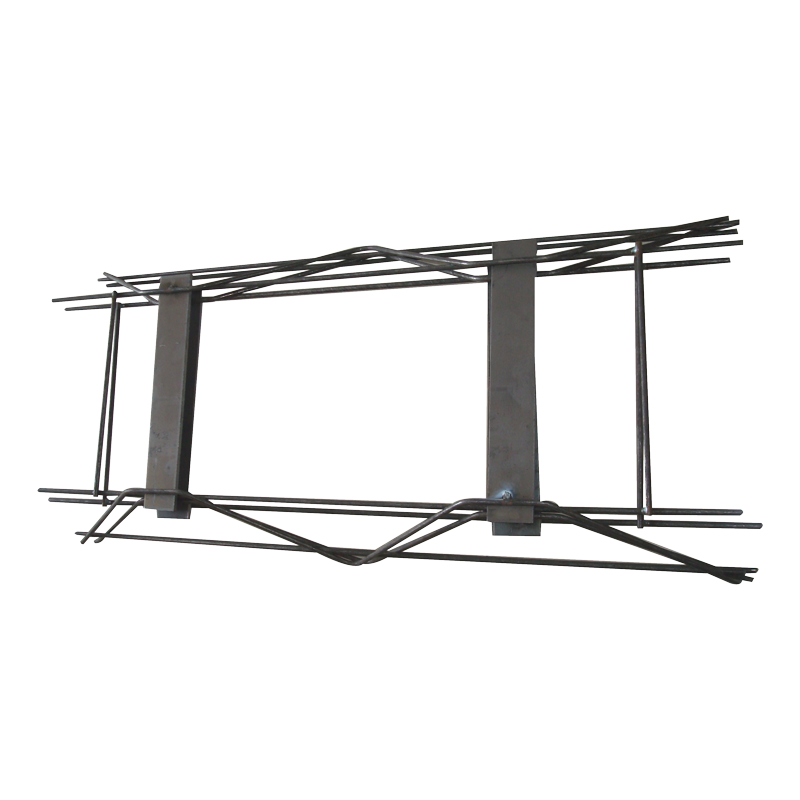
- Mobile Phone
- +8613931874955
- sales@cntcmetal.com
Design and Applications of Tapered Compression Springs in Various Industries
Understanding Tapered Compression Springs
Tapered compression springs are a specialized type of spring designed for various applications where space constraints and load requirements play a significant role. Unlike conventional cylindrical compression springs, tapered springs feature a diameter that gradually changes from one end to the other. This unique shape results in a spring that can offer distinct advantages in terms of performance and design flexibility.
Design and Construction
A tapered compression spring is typically constructed from high-carbon steel or stainless steel, providing durability and strength. The tapering shape is achieved during the manufacturing process, where the wire is coiled at variable diameters. This design allows for a more compact and efficient spring, which can be essential in applications where fitting a standard spring might be impractical.
The coil's diameter reduces progressively from one end to the other, allowing the spring to compress with variable resistance. This means that as the spring compresses, it can accommodate different loads more effectively, providing a more controlled response to applied forces.
Advantages of Tapered Compression Springs
1. Space Efficiency One of the primary benefits of tapered compression springs is their ability to fit into tighter spaces. Their unique shape allows them to be utilized in applications with limited dimensions, making them ideal for intricate machinery or compact devices.
2. Progressive Load Management Tapered springs inherently offer a progressive spring rate. This means that as the spring compresses, its resistance increases progressively, which can enhance the performance of the mechanism it supports. This property is particularly beneficial in automotive suspensions, where varying loads occur based on changing driving conditions.
3. Reduced Weight The ability to taper allows for a design that can be both lighter and stronger. By using less material without compromising performance, engineers can achieve significant weight reductions, which is crucial in industries like aerospace and automotive, where every gram counts.
tapered compression spring

4. Customizability Tapered compression springs can be manufactured to specific requirements, such as varying coil thickness, rate, and overall length. This level of customizability means that they can be tailored for specific performance characteristics required by the application they are designed for.
Applications
Tapered compression springs are utilized in a wide variety of industries and applications. Some common areas include
- Automotive They are often used in suspension systems, where they contribute to the overall comfort and ride quality of vehicles by absorbing shocks and bumps in the road.
- Industrial Machinery In industrial applications, tapered springs can be found in equipment that requires precise load management and reliability, such as printing presses and packaging machines.
- Furniture Some furniture designs, especially ergonomic chairs, utilize tapered springs to provide adjustable support and comfort.
- Consumer Electronics In devices such as laptops and smartphones, tapered springs can be used in hinges and mechanisms to provide smooth operation while saving space.
Conclusion
Tapered compression springs play a vital role in modern engineering solutions, offering unique benefits that enhance performance while saving space and reducing weight. Their ability to manage loads progressively makes them invaluable in applications ranging from automotive to industrial machinery. As technology continues to advance, the design and manufacturing processes of tapered compression springs are likely to evolve, allowing for even greater innovation and efficiency in their use. Understanding the capabilities and applications of these springs can help engineers and designers make informed decisions when developing new products and systems. By leveraging the advantages of tapered compression springs, industries can achieve better performance, enhanced reliability, and more effective designs tailored to specific operational needs.
share:
-
creative-ways-to-decorate-your-tomato-cageNewsAug.22,2025
-
common-mistakes-when-installing-brick-wall-tiesNewsAug.22,2025
-
customizing-conical-springs-for-aerospace-applicationsNewsAug.22,2025
-
galvanized-tie-wire-for-binding-pipesNewsAug.22,2025
-
environmental-impact-of-using-snake-spacers-in-plumbingNewsAug.22,2025
-
sacrificial-formwork-systems-for-complex-structuresNewsAug.22,2025
-
Wall Ties for Concrete: Invisible Guardians of Building Structural StabilityNewsAug.08,2025
